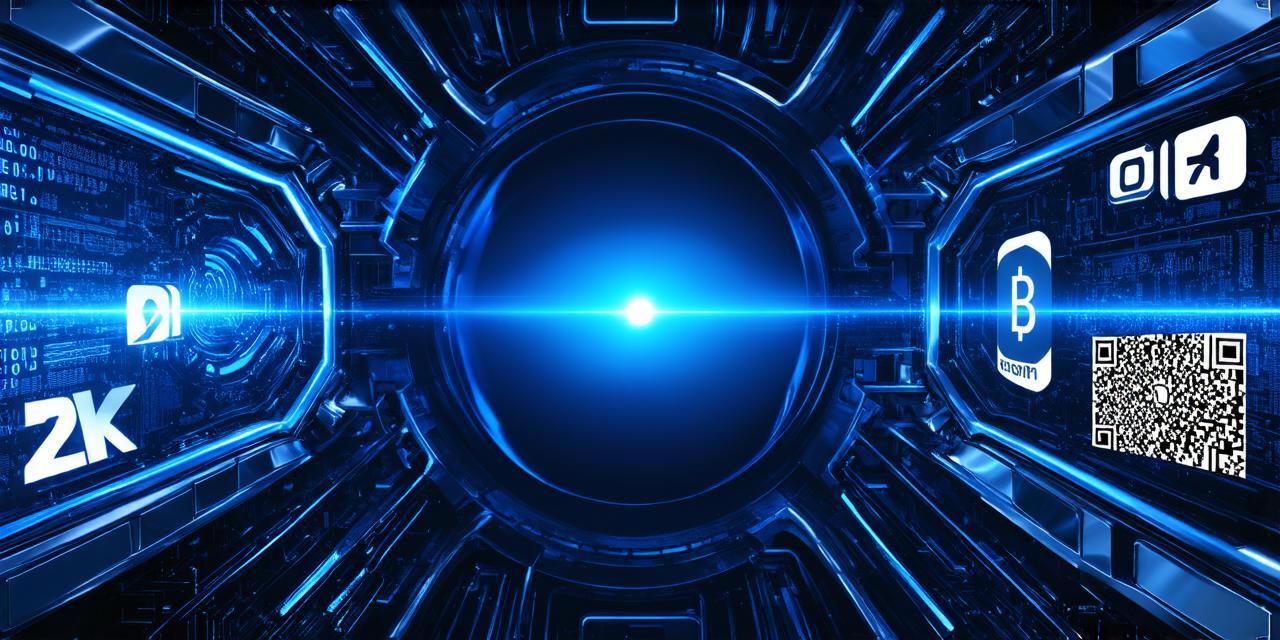What is Blockchain?
At its core, blockchain is a distributed ledger that records transactions across a network of computers. It was originally developed as the underlying technology for Bitcoin, but its applications go far beyond cryptocurrency.
Blockchain works by allowing multiple parties to share data in a secure and transparent manner. Each block in the chain contains a record of transactions, and once a block is added to the chain, it cannot be altered or deleted. This makes blockchain an ideal choice for securely recording important data, such as financial transactions or property records.
The decentralized nature of blockchain means that there is no single point of failure. Instead, data is stored across a network of computers, each of which has a copy of the entire ledger. This makes it much more difficult for hackers to gain access to the data, as they would need to compromise multiple nodes in the network in order to gain control.
Benefits of Blockchain
- Decentralization: As mentioned earlier, one of the key advantages of blockchain is its decentralized nature. This means that there is no single point of failure, making it much more difficult for hackers to gain access to the data.
- Transparency: All transactions on a blockchain are recorded in an open ledger that can be viewed by anyone with access to the network. This makes it easy to track and verify transactions, which can help to increase trust and reduce fraud.
- Security: Due to its decentralized nature and use of cryptography, blockchain is considered to be a highly secure data storage system. Once data is recorded on a blockchain, it cannot be altered or deleted, making it much more difficult for hackers to gain access to the information.
- Efficiency: Blockchain technology eliminates the need for intermediaries, which can help to reduce costs and increase efficiency. Transactions can be processed quickly and securely, without the need for a middleman.
- Privacy: While blockchain is transparent by nature, it is also possible to implement privacy measures to protect sensitive information. For example, encryption can be used to ensure that only authorized parties have access to the data.

Real-life examples of Blockchain in action
There are many real-life examples of how blockchain technology is being used to improve data security and decentralization. Some of the most notable include:
- Supply chain management: Companies such as Walmart and IBM have implemented blockchain technology to track the movement of goods through their supply chains. This has helped to reduce waste, increase efficiency, and improve transparency.
- Voting systems: Several countries have begun using blockchain technology to develop secure and transparent voting systems. For example, Estonia has developed a blockchain-based e-voting system that allows citizens to cast their votes securely online.
- Healthcare: Blockchain technology is being used to improve the security and efficiency of healthcare data storage and sharing. For example, the MedicalChain platform allows doctors and patients to securely share medical records, while maintaining privacy and security.
- Real estate: Blockchain technology is being used to streamline real estate transactions and improve transparency. For example, the Provenance project uses blockchain to create a secure and transparent record of property ownership and transactions.
